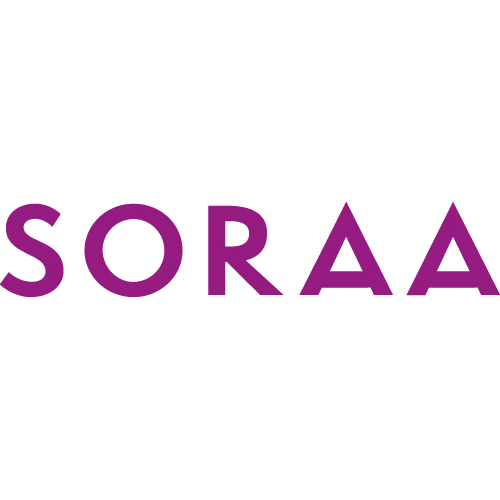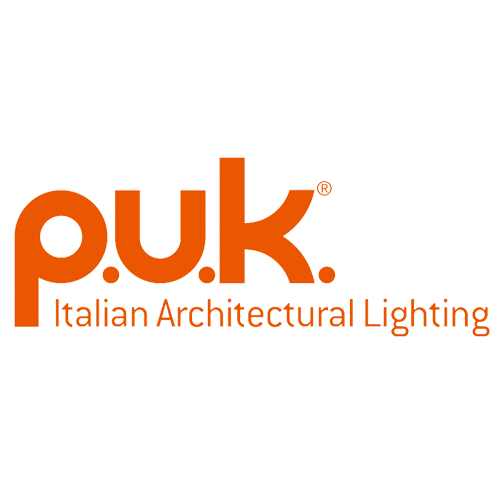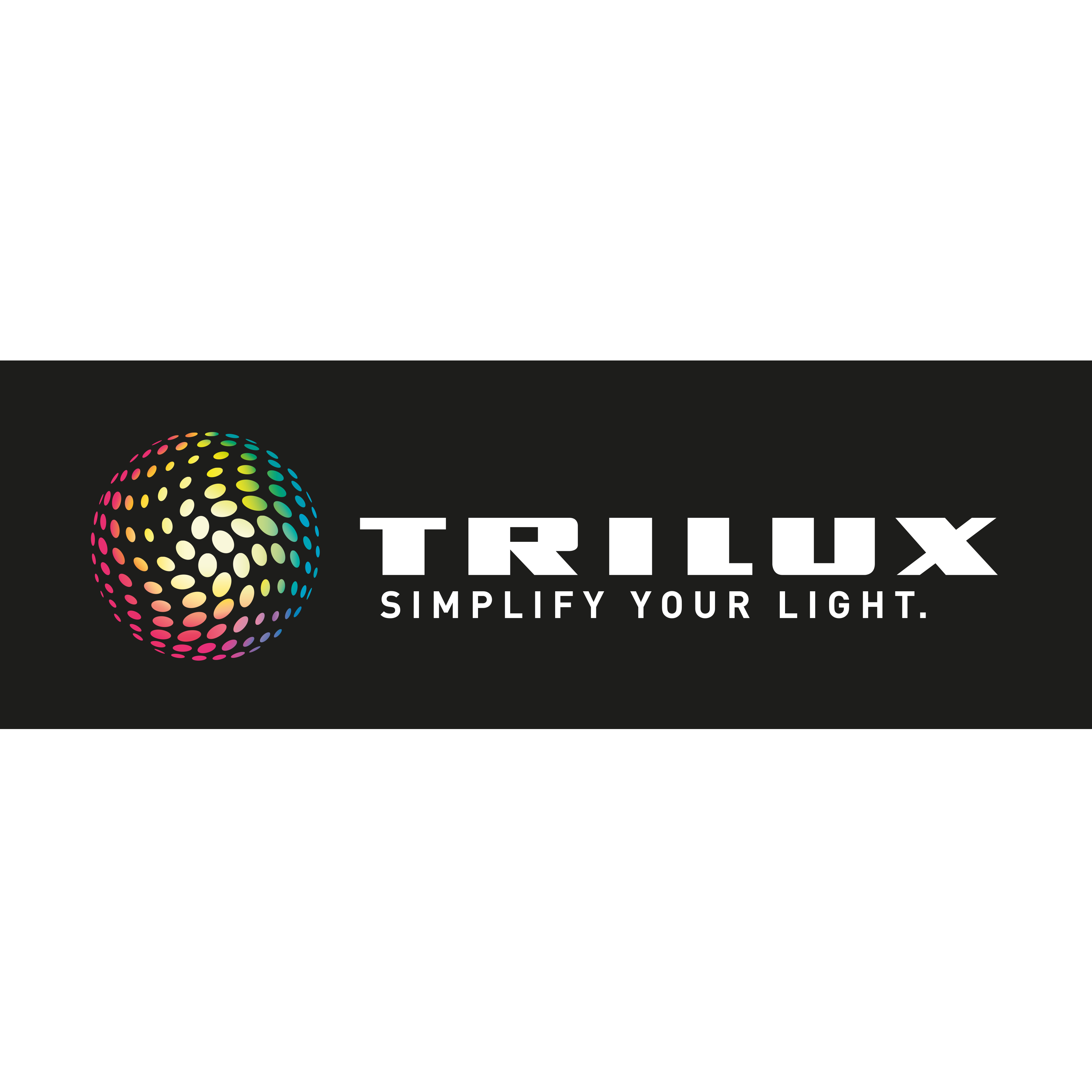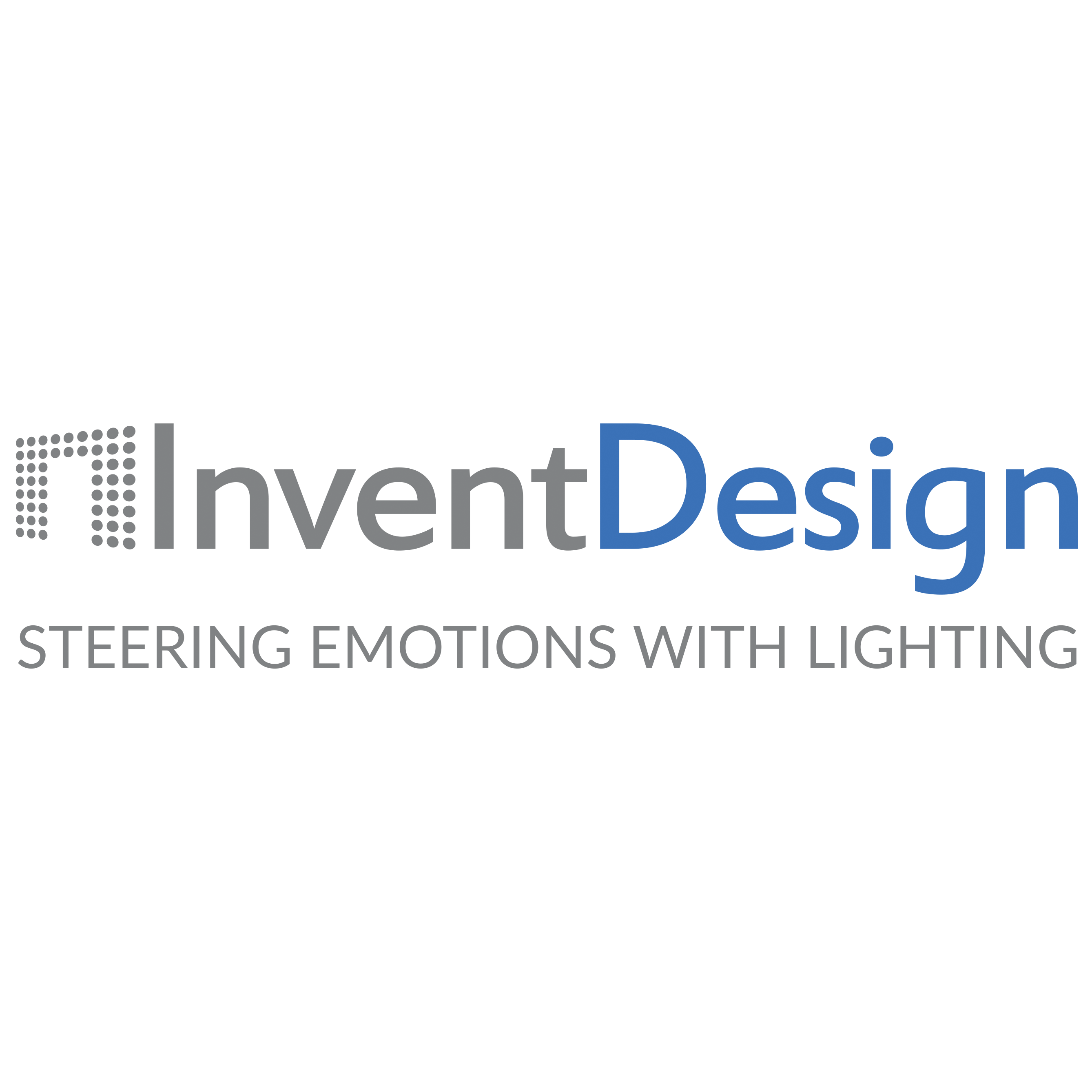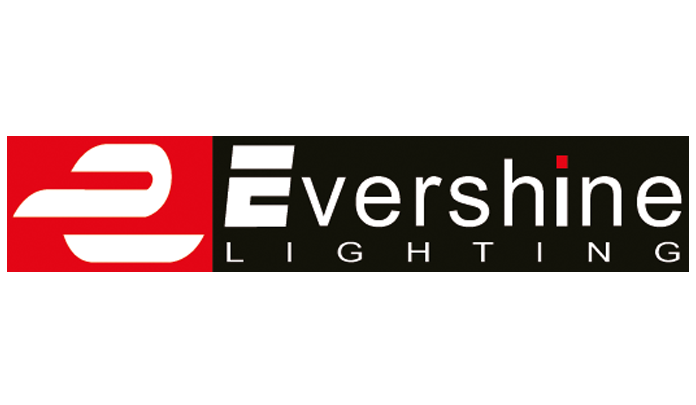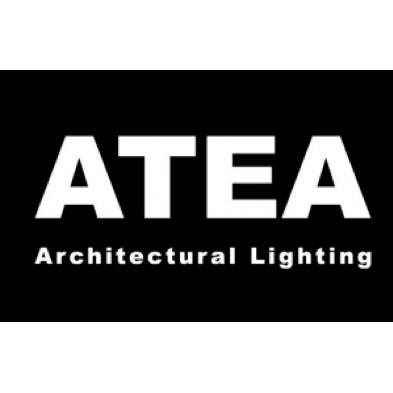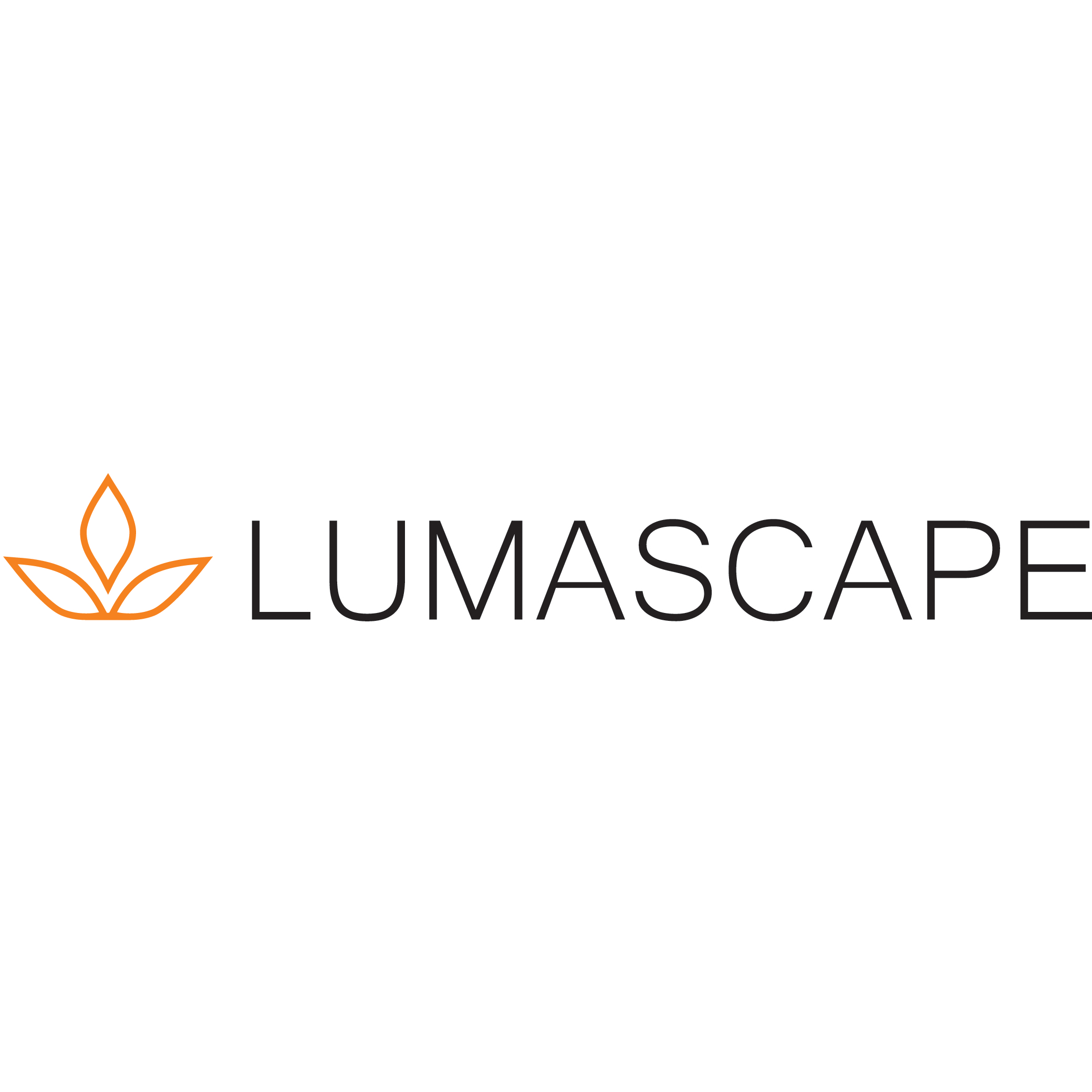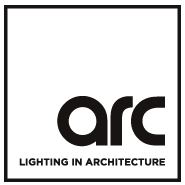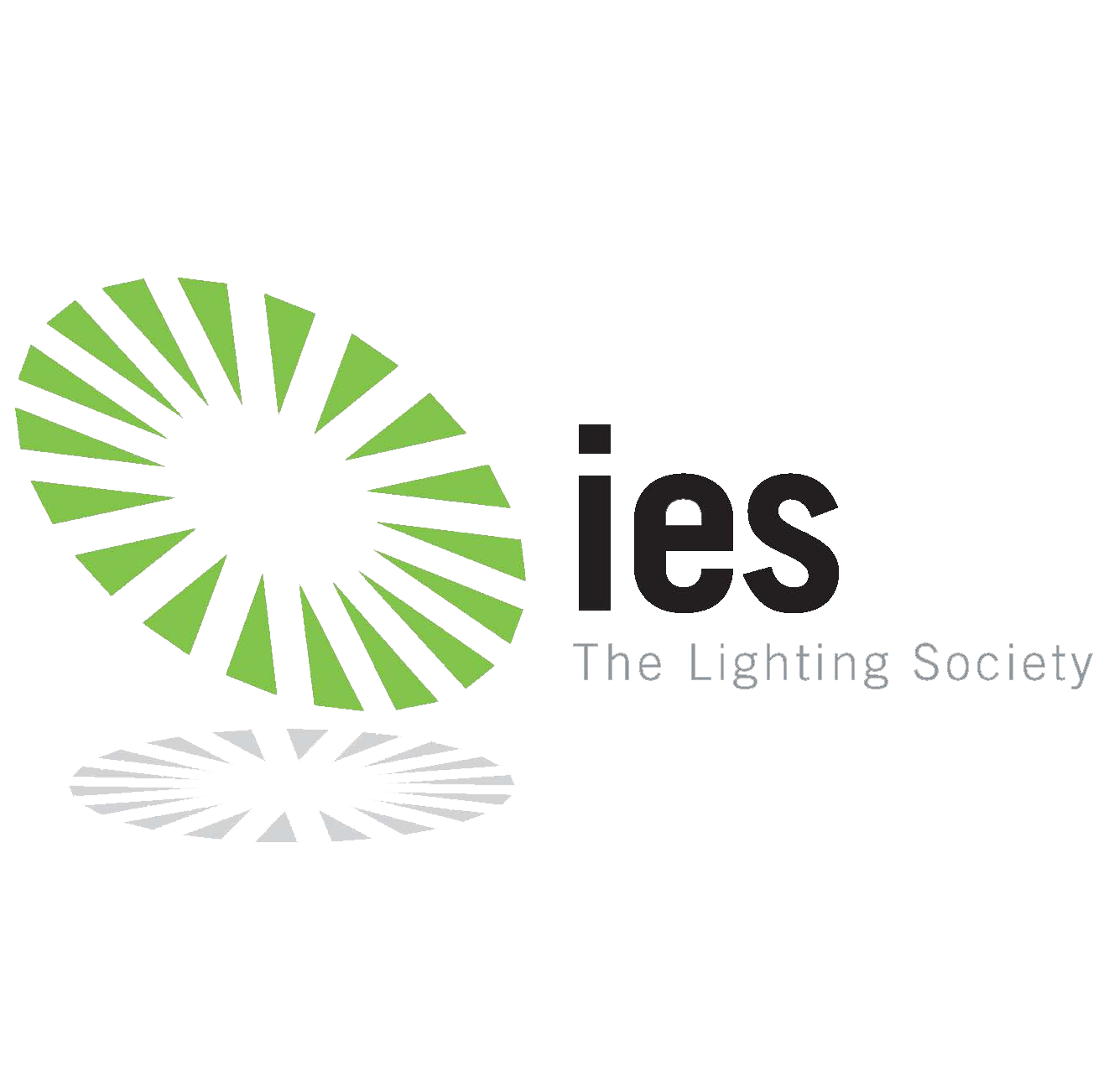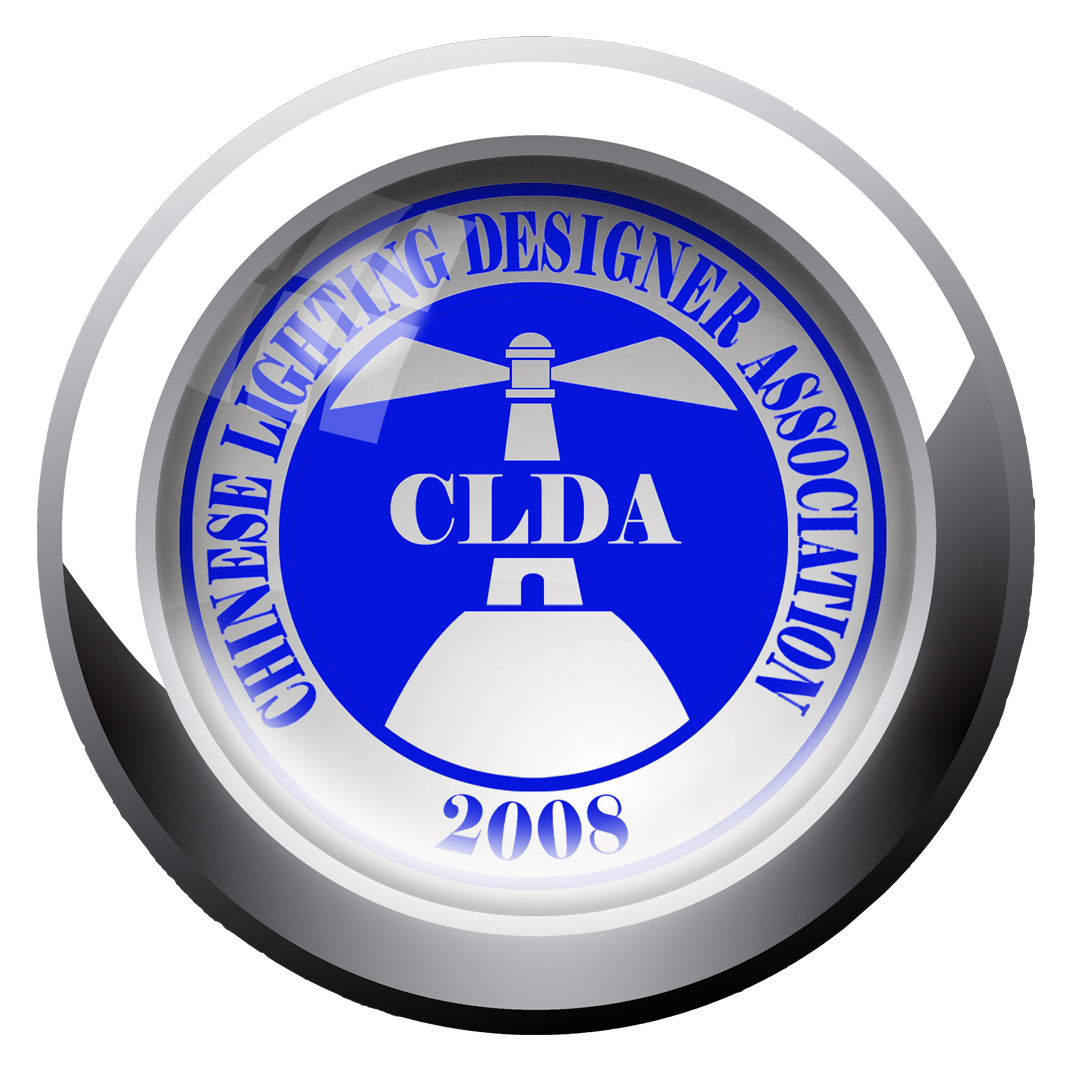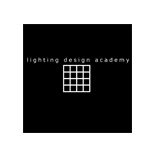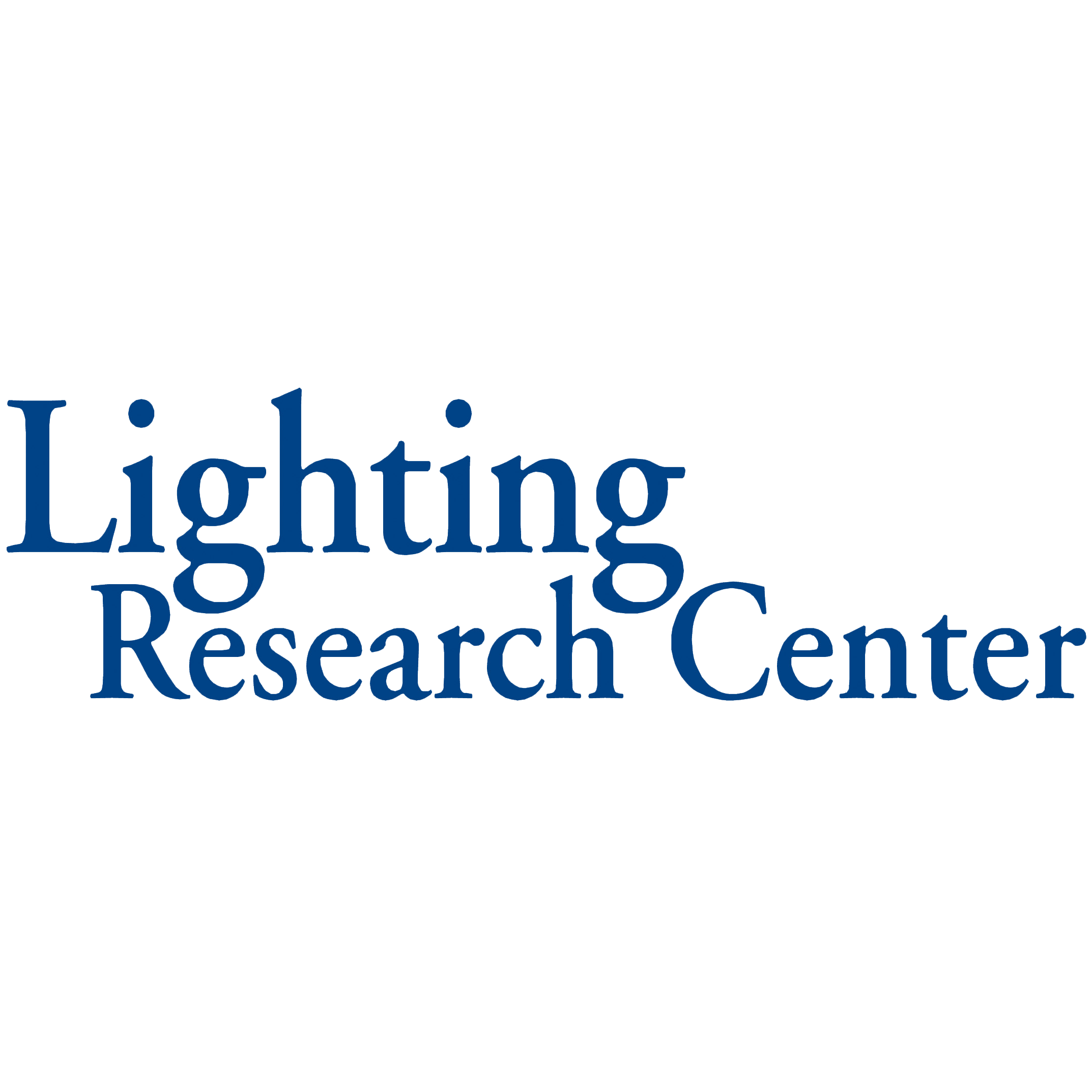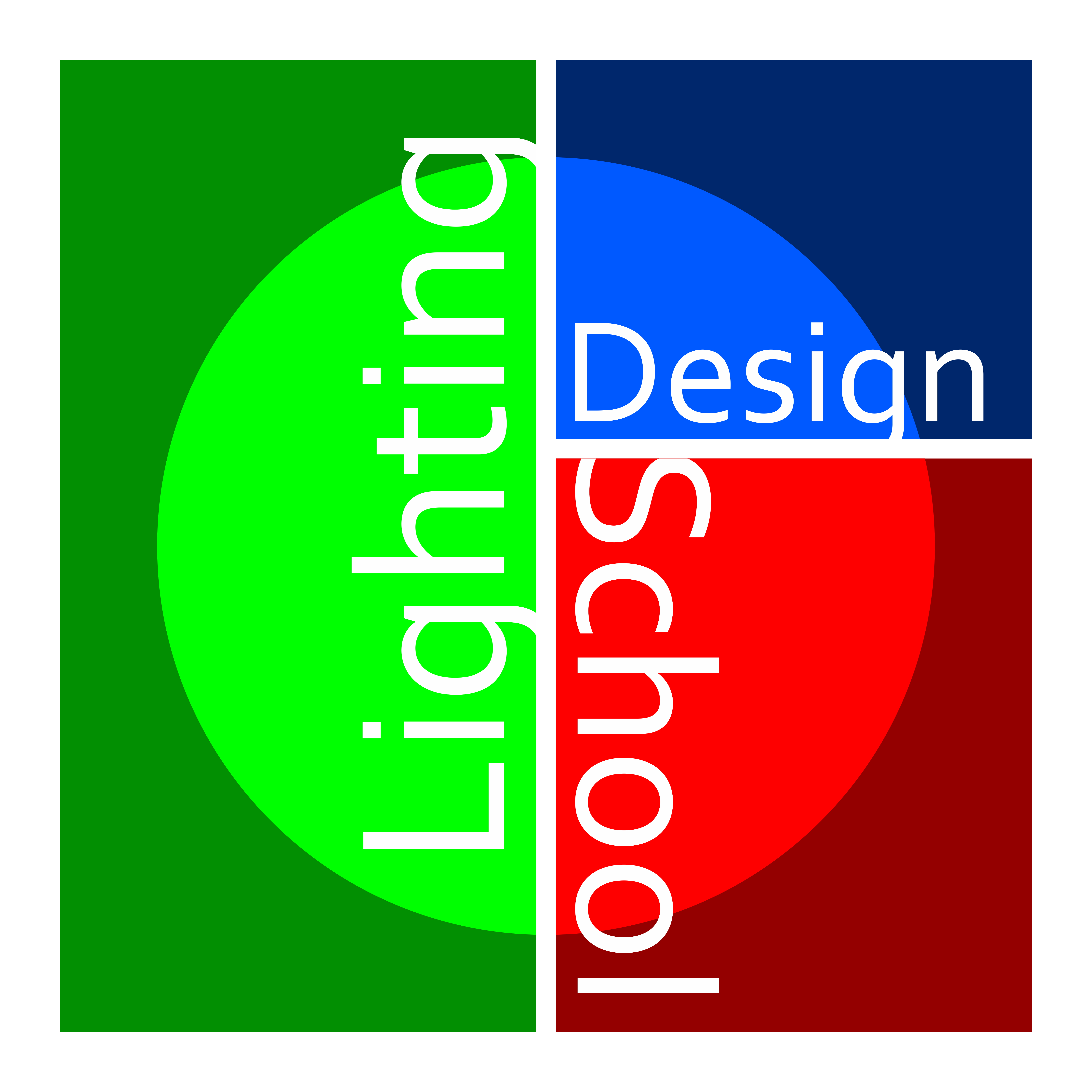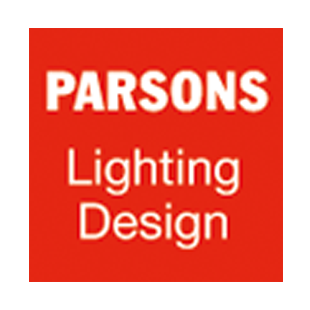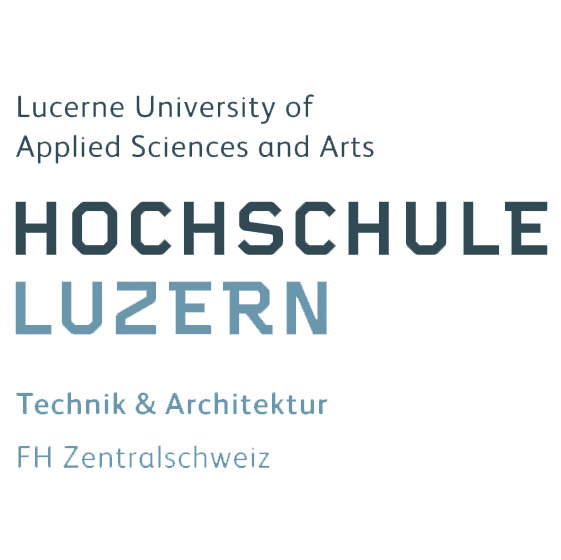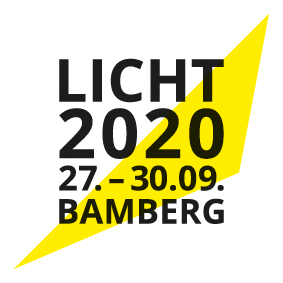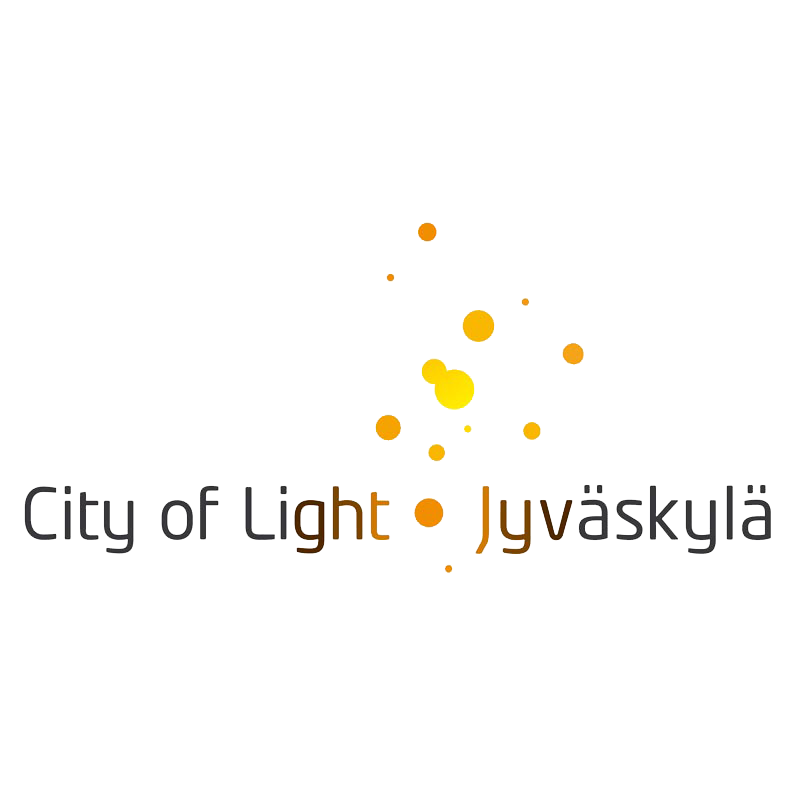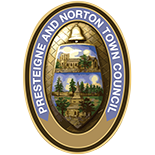Everyone talks about it,
but nobody seem to know what it means.
Observations by Joachim Ritter
Quality can be a real challenge. We are all for it. But do we really know what it means or even what is necessary to ensure it. Apart from the fact that there would appear to be many different levels of quality! And last, but not least: in our modern-day society, quality has become a sales argument, which sometimes seems to be shifting the boundaries of quality. There are many aspects to consider. With regard to products, this is all totally understandable, but when it is a question of the quality of light, the discussion tends to get out of control and lack substance. Why is that?
Maybe it is due to the fact that there is generally very little understanding of what light is and how it functions. Furthermore, many confuse lighting design with lighting engineering or luminaire design and as a consequence light quality with luminaire quality. So let’s try to shed some light on the facts.
One widely used definition regards quality as the degree of conformity between the requirements or expectations (Target) of a product and its properties (Actual). In the case of something tangible like a product, that is definitely a good basis. Anyone can see what he is holding in his hand, and what this product does and how long it works. But in the case of light, we are talking about aspects that we cannot see or feel, even though light facilitates vision. It is all about well-being, health and something that affects us without us even having to think about it. Light has a non-visual effect on human beings. It controls our biorhythm, promotes a feeling of well-being and impacts our health. We are therefore talking about non-visual effects. How can we make this clear to non-experts? It is practically impossible.
And yet in 2001 it was scientifically proven, and in the meantime has become standard knowledge, that light can have a positive or negative influence on our minds and bodies. In that sense, it is one factor that defines light quality. This is broadly recognised in the lighting industry and is often referred to as Human Centric Lighting. This is extremely interesting, because on the one hand this definition infers that any lighting solution that is not human-oriented does not meet requirements and expectations – even when the consumer and non-expert is unaware of them – and therefore automatically also does not fulfil the definition of quality. On the other hand, the industry is using this quality criterion to try to define the quality of luminaires, which, as mentioned above, is a whole lot easier to comprehend in the case of visible, tangible products.
A so-called Human Centric Luminaire is not automatically human-centric lighting, however. Designers can still create poor lighting schemes using good luminaires. Light quality is something that is aligned to human needs, from both the visual and the non-visual point of view. No way can a luminaire achieve this level of quality without knowing the needs of the person using the light it provides.
Even professionals talk at cross purposes when they discuss light quality. Lighting engineers understand good lighting to stand for high efficiency, that is to say lots of light for little energy. The architect tends to have an eye for the quality – shape, design, materials – of the luminaire. Although you have to admit that this was quite different before the invention of the incandescent lamp, and today there are signs that people are beginning to think differently about the whole topic. The lighting industry interprets good lighting as luminaires that sell well. The client and investor tend to consider lighting good if it is reasonably priced and works.
Environmentalists regard as little light as possible – especially after dark – as a good thing. Politicians consider lighting that does not give rise to too many problems as being a good solution. And the user just wants to feel good and have the right light to be able to pursue his/her activities.
The lighting designer is above all obliged to fulfil the needs of the user, and is fully aware of all other aspects when it comes to making compromises to come to the best solution. But there is no way of guaranteeing sure-fire success, and the lighting designer definitely deserves the right to charge a fee for his commitment towards the user and the client, just as a lawyer or a doctor charges fees for providing expertise and know-how.
[mashshare]

















